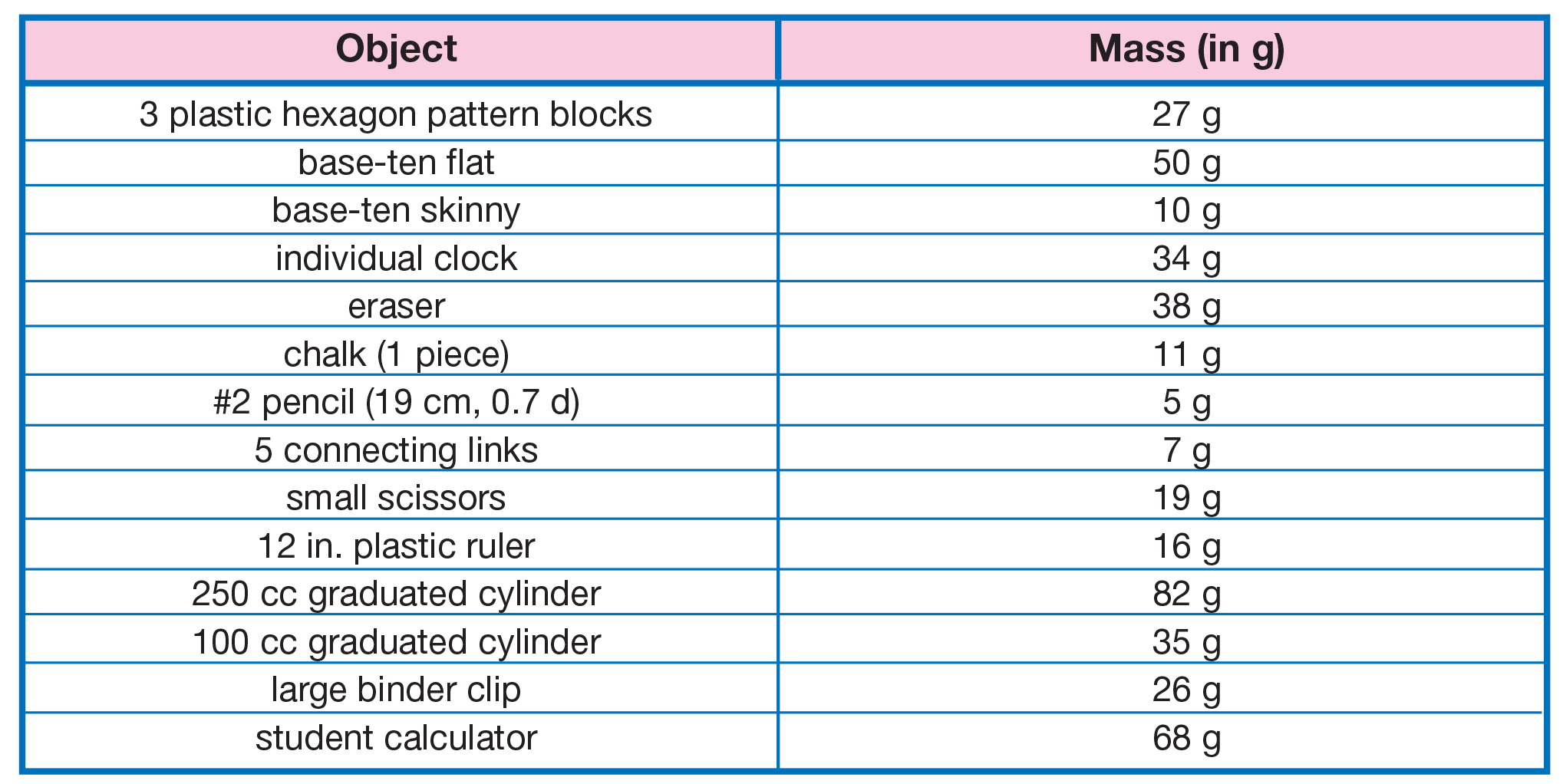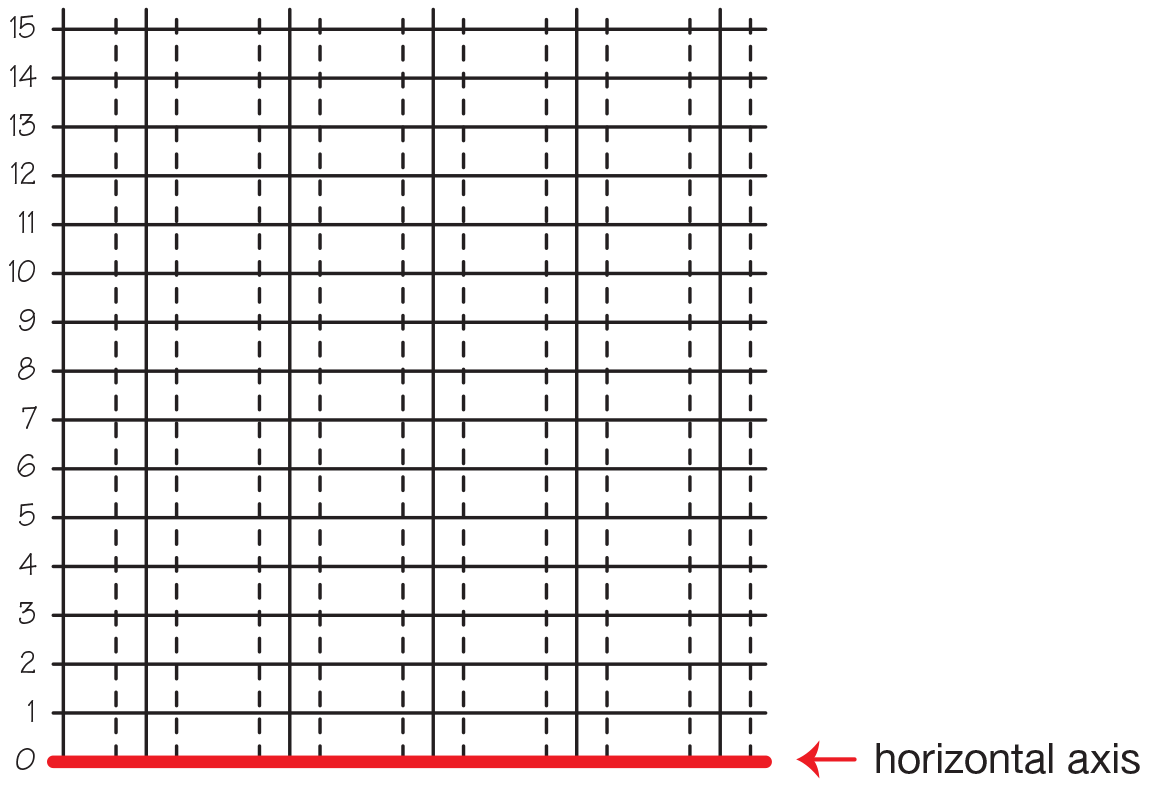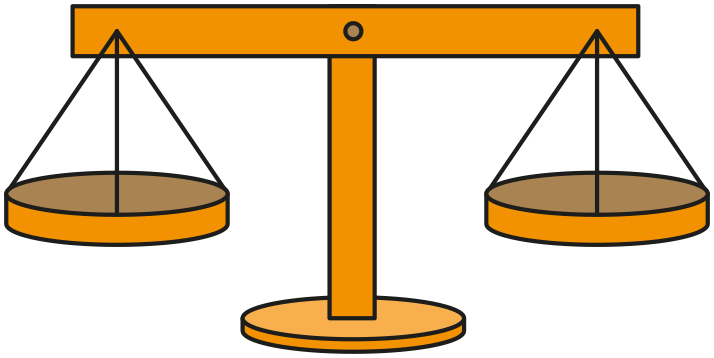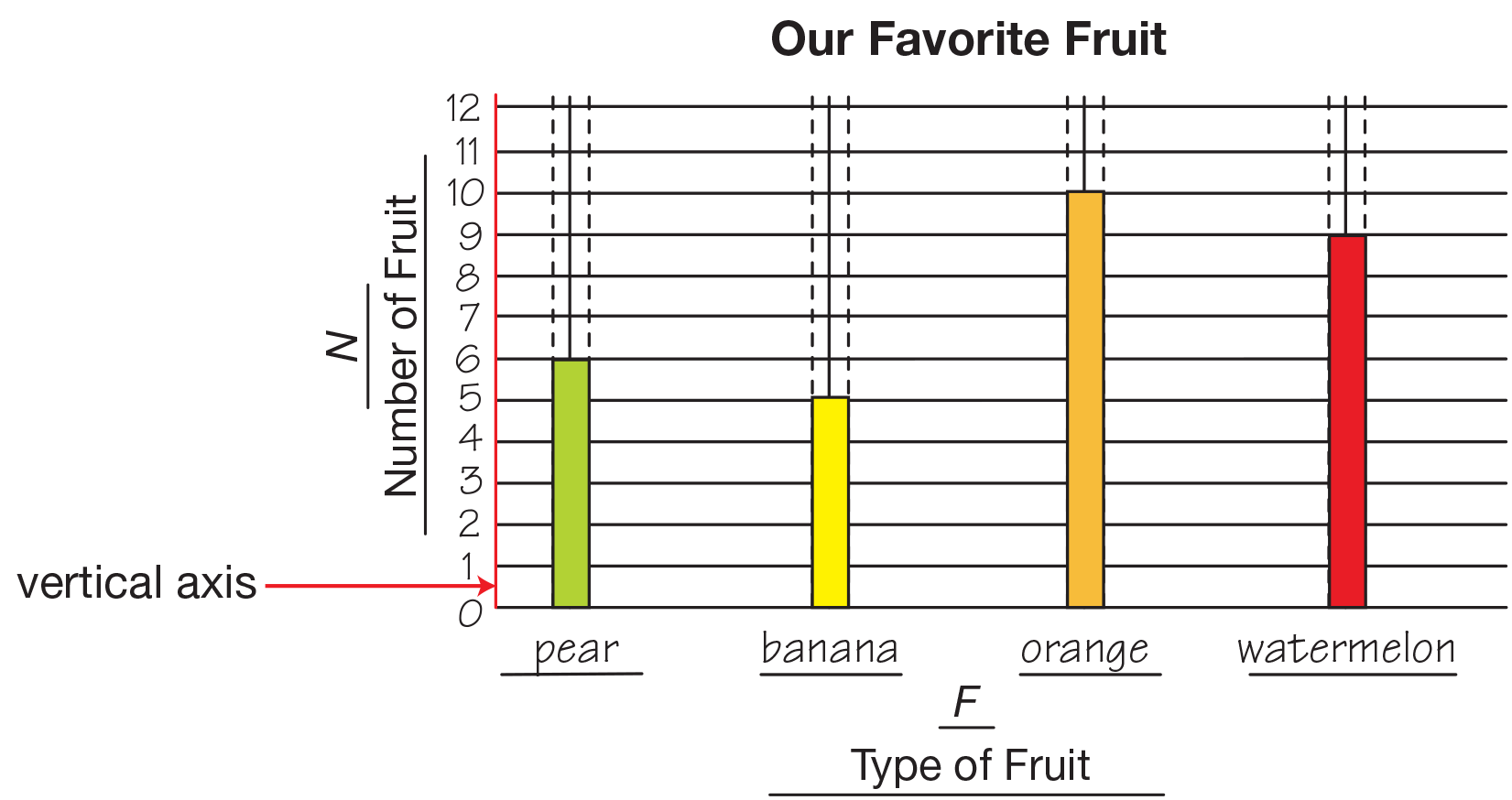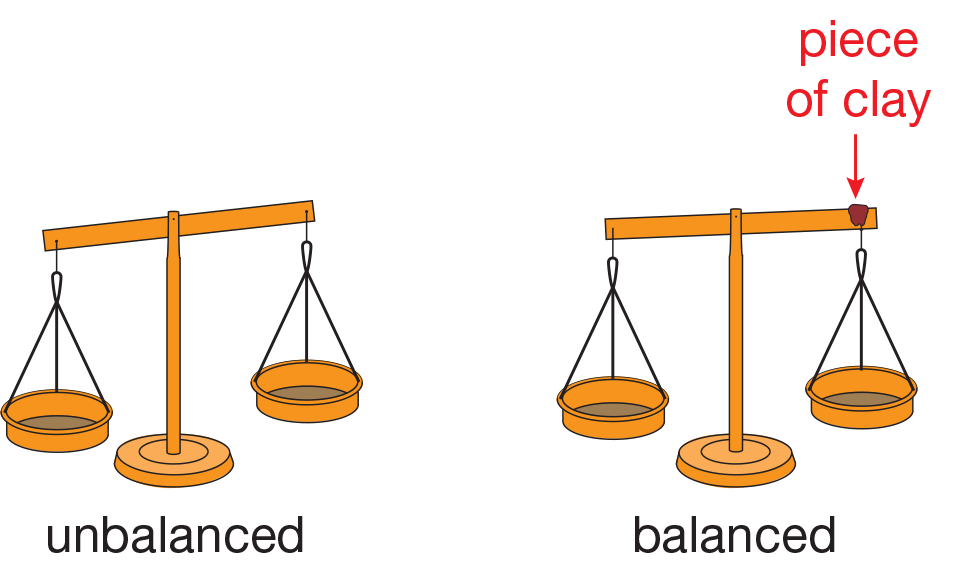Students use standard masses and a two-pan balance to measure the mass of several small objects. Students compose and decompose numbers, compare quantities, apply properties of addition, and solve addition and subtraction problems involving mass.
Content in this Lesson
- Composing and decomposing numbers using ones, fives, tens, and
twenties [E1]. - Using words to show comparisons of quantities [E2].
- Comparing and ordering quantities [E3].
- Recognizing that different partitions of a number have the same total [E4].
- Applying the commutative and associative properties of addition to write number sentences that represent mass [E5].
- Solving addition and subtraction problems involving mass [E6].
- Measuring and comparing the mass of objects using a two-pan balance and standard gram masses [E7].
- Collecting and organizing data.
- Making and interpreting a scaled bar graph [E10, 11].
- Connecting mathematics and science to real-world situations: measuring mass.
- Using labels to show what numbers mean [MPE6].
Daily Practice and Problems I–N
Assessment in this Lesson
| ASSESSMENT | EXPECTATION ASSESSED | MATH PRACTICES EXPECTATION ASSESSED |
|---|---|---|
|
Measuring Mass with Feedback Box Student Activity Book Pages 403–411 |
|
|
|
Pet Rock
Student Activity Book Pages 413–414 |
|
|
|
DPP Item I Fact Families Teacher Guide - digital |
|















